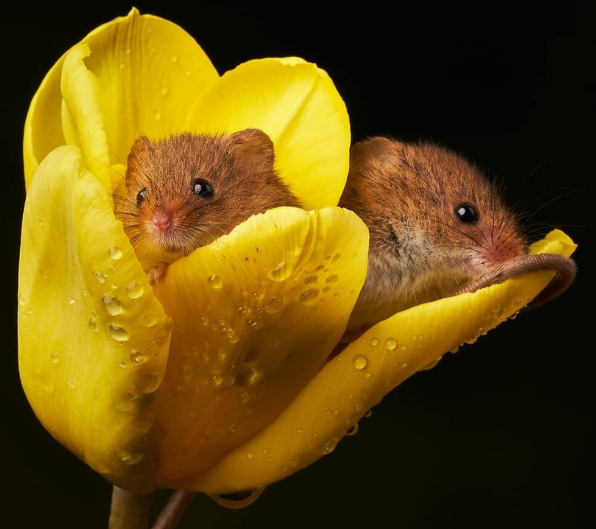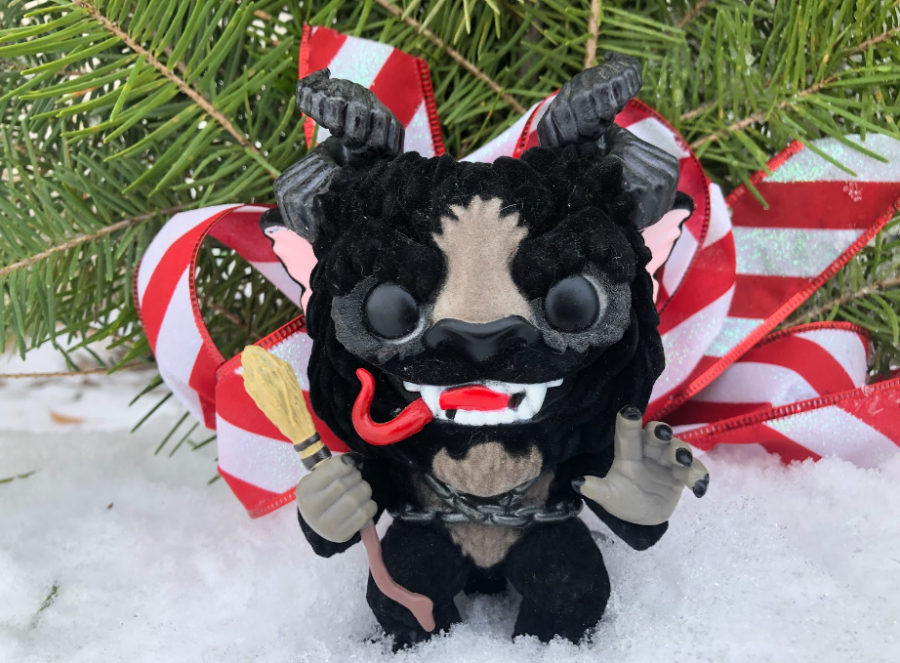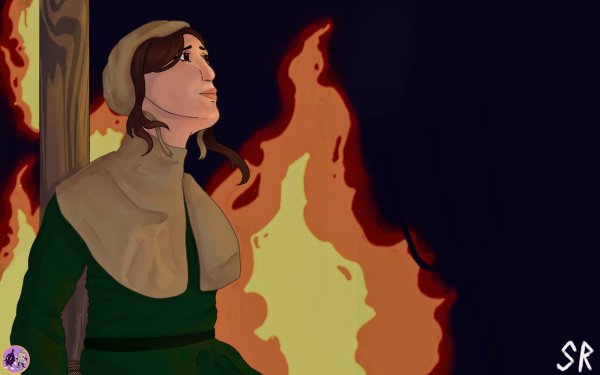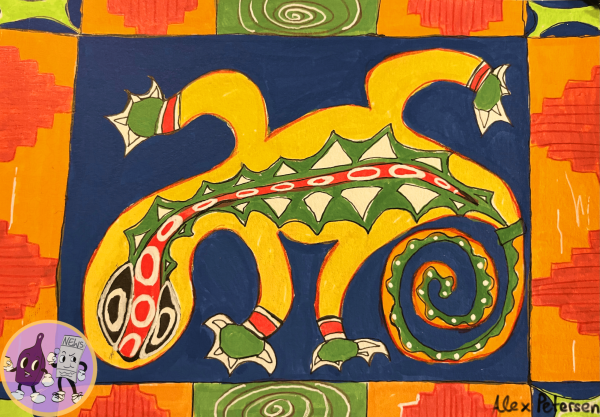WINTER HOLIDAYS AROUND THE WORLD PART 1
Does your holiday figure eat children? I bet not
Krampus Funko Pop in snow in front of a festive wreath.
You know Dasher and Dancer and Christmas and Chanukah (commonly spelled Hanukkah), but have you ever heard of Germany’s Belsnickel, or Thaipusam, a Southeast Asian holiday? Although Christmas and Santa Claus are known by many, there are lots of other winter holidays celebrated around the world. There are also a myriad of strange figures who come to punish naughty children or eat them in the night. Here are seven international holidays and holiday figures that you may not have heard of:
THAIPUSAM
This is a Hindu holiday is mainly observed in India, Sri Lanka, and Malaysia; it takes place on February 5th this year. Thai is the Tamil month also known as January or February, and Pusam represents the name of a star at its highest point during the festival (CNN). Thaipusam is a time for Hindu’s to celebrate and worship Lord Murugan, god of war, as well as ask him for forgiveness (CNN). Although the holiday is only one day, the festival can begin days ahead of time as people prepare for the celebration. People will walk a long path to a temple of worship on the day of Thaipusam; they may also fast as well. They do this all while carrying Kavadi, beautifully made wooden structures that are used as offerings (CNN). However, the most unique part of this event is the intricate bodily piercings followers maintain during the festival. People can be seen with large needles through cheeks and tongues, as well as countless swords stabbed into the abdomen to hold up an elaborate Kavadi above one’s head. Some may also walk on hot coals. “Kavadis can reach three to four metres in height, and weigh at least 30 kgs. Kavadi bearers generally report that they do not feel pain while carrying the structures, as they are in a spiritual trance” (The Straits Times). The Straits Times also reports that those who undergo this believe that it shows gratitude to Lord Murugan and that it will help absolve them of their sins.
The Jólakötturinn
is Iceland’s
child eating
Christmas cat.
LA BEFANA
Known long before St. Nicholas, La Befana is Italy’s own witch or house wife, depending on the version you’ve been told. The legend goes that as the Three Magi were on their way to Bethlehem they were lost and knocked on the door of one Befana for directions (Summer In Italy). She welcomed and fed the men; then questioned where they were headed. They explained that they had gone to meet the newborn king (Jesus) and asked if she would like to join them on their way (Summer In Italy). She declined and the Magi left soon after. Later, Befana regretted her decision and went after the men with a broom and sweets in hand. By then they were long gone and so she wandered alone looking for baby Jesus. She left sweets on each child’s door hoping not to miss the newborn babe. To this day she still wanders leaving sweets in the socks of children (Summer In Italy).
JÓLAKÖTTURINN
Have you ever received a new sweater for Christmas and been less than ecstatic? Well, in Iceland you’d be more than happy to receive such a gift. The Jólakötturinn is Iceland’s child eating Christmas cat. The Smithsonian states that the feline likely dates back to the dark ages, but is only mentioned as soon as the 19th century. The idea is that children will earn clothes for Christmas if they finish all their chores before the holiday. If a child is too lazy to do their work, and they do not receive a clothing item, Jólakötturinn the giant cat comes to eat their dinner and next the child themselves (Smithsonian)! So, be quick to thank your grandma the next time she gives you a pair of socks, she may have just saved you from being Christmas Fancy Feast.
DIWALI
On a lighter note, Diwali is a five day festival celebrated by Hindu, Sihk, Jain, and other religions. Though the reason is different for each, the main theme of the celebration is light. This is due to the tradition of lighting diyas, which are clay oil lamps, to worship and respect different power figures, like Lakshmi in Hinduism (Britannica). This holiday involves lots of bright colors and extravagant decorations on the homes of participants. On day houses are cleaned and items of gold are purchased (Britannica). For day two different acts of gods are worshiped and prayers are said for ancestors. Day three is the main day of Diwali and families will light diyas, candles, and fireworks; they will also visit temples. The fourth day is called Karttika and the start of the new year. Finally the fifth day is to commemorate the relationship of brothers and sisters (Britannica). Sisters pray for the success of their siblings on this day.
KRAMPUS
You may have heard of the Germanic goat-man who is Santa’s evil counterpart, but in case you haven’t that would be Krampus. Mostly a tale told in Germany and Austria, Krampus is the alternative to coal in these countries. As Santa Claus makes his way around the world delivering gifts to good children, Krampus visits the children who haven’t been quite as pleasant this year. He is thought to have been related to the pagan religion but over time has become associated with Christmas, a traditionally Christian one (Britannica). Krampus is known to punish children by beating them with a bundle of sticks, or in some cases kidnapping them and dragging them to Hell. Although he terrifies children, he seems to be a favorite among adults and has become increasingly popular in the last few years. Adults in Austria will dress up as Krampus and run around terrorizing those on the street (History.com). Fairly recently a slew of horror movies surrounding the demonic creature have come out introducing him to American culture.
BELSNICKEL
Similar to Krampus, the Belsnickel is a creative, and sort of terrifying Christmas figure. From Germany yet again, the Belsnickel is a man wearing scrappy dirty furs who carries a whip and pockets full of cakes and nuts. Unlike Santa he appears a week or two before Christmas to perform his gift giving duties (visitpaamericana.com). It is said that the Belsnickel will knock on a child’s window sill or door when he comes and that children will see and converse with him (indobase.com). He would then ask children if they had been good or not and throw sweets onto the floor at the kids. If a child could not tell him how they had been good or if they greedily dove for the treats the Belsnickel would threaten to hit the child with his whip (visitpaamericana.com). Good children were rewarded with gifts. There are also other variations that say he would kidnap children and take them to the forest to be taught a lesson, and that the kids would never return home. Either way he’s certainly a unique holiday figure.
From Asia to Iceland there are so many different ways that people spend the winter holidays. It’s nice to recognize there’s more than old Chris Kringle out there; even if the alternative is a child eating cat.

"I think it pisses God off when you walk by the color purple in a field somewhere and don't notice it" (Alice Walker).








